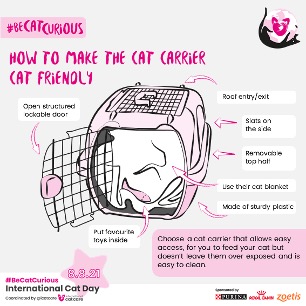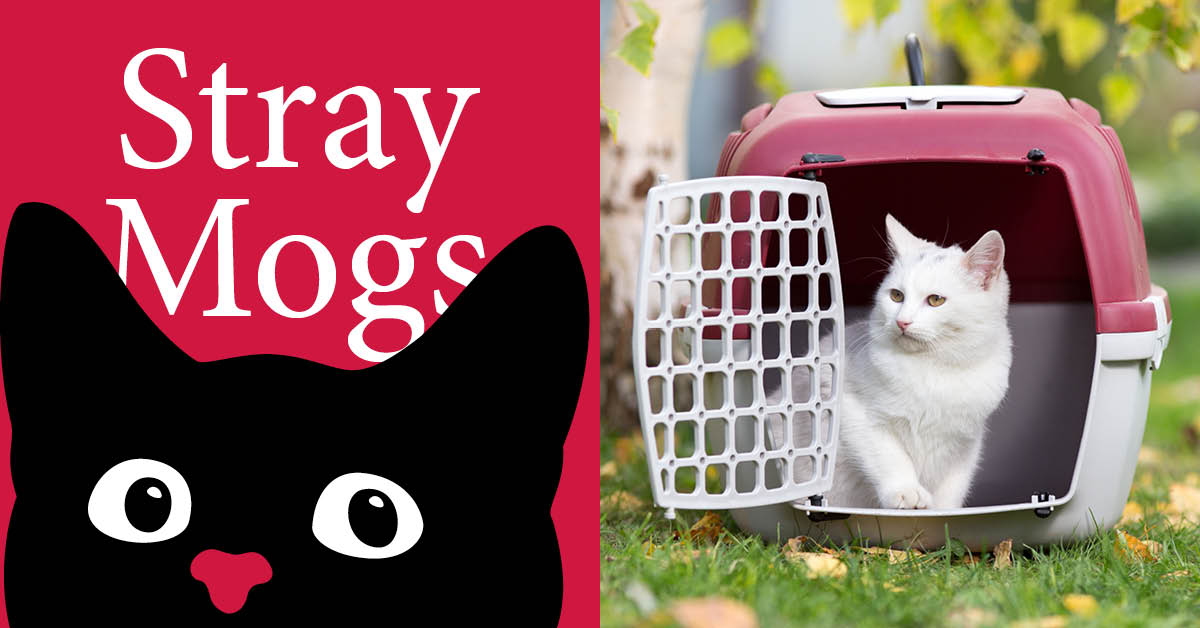 Sue Hartley has a background in psychology and clinical animal behaviour and has been helping cats for over 10 years. Through a successful cat care business, volunteering with Cats Protection, as the Feline Welfare Manager at Battersea Dogs and Cats Home in London and now as a cat behaviourist in Harrogate through her business The Understood Cat.
Sue Hartley has a background in psychology and clinical animal behaviour and has been helping cats for over 10 years. Through a successful cat care business, volunteering with Cats Protection, as the Feline Welfare Manager at Battersea Dogs and Cats Home in London and now as a cat behaviourist in Harrogate through her business The Understood Cat.
Contrary to popular belief, training is possible with cats to support their welfare, whilst giving you the opportunity to interact with your cat in a positive, productive way. For example, you can train your cat to come when called, accept being touched or handled for basic health checks, and to help them into their carrier and to feel comfortable in there.
A survey by International Cat Care found that 50% of people struggle to get their cat into a carrier which is likely to be contributing to concern that many cats aren’t receiving the veterinary care they need (PDSA Animal Wellbeing Report, 2020).
At a basic level, cats learn by association. If a cat does something and the outcome makes them feel good, they’re more likely to do it again. The best way to train your cat is through ‘positive reinforcement’ – rewarding your cat for doing a desired behaviour.
With cat training, you’ll most likely be ‘shaping’ their behaviour by rewarding actions that get closer and closer to the end behaviour you want.
With carrier training, the first step is to get a ‘cat friendly’ carrier that looks like this:

Next, think about where to do training with your cat – you’ll need somewhere quiet and free of distractions (including other animals). Think about how to reward your cat so they’re motivated to learn. People often use food, but some cats may be more motivated by a chin tickle or play. Play involves lots of activity so might not work well if the training lends itself to calm behaviour which is the case with carrier training.
If your cat loves their food and eats quickly, use a portion of their normal daily food allowance. If your cat is less food motivated, try commercial cat treats or small pieces of meat or fish. Each reward should be small – about half the size of your small fingernail or a lick or two of a squeezy treat.
To help your cat learn, check they’re happy, healthy, rested, and hungry (but not ravenous as they may struggle to concentrate on anything but the food!).
I worked with a client whose cat was really frightened of her carrier, so we started with a completely new carrier that looked different to the old one but still had the features of a good carrier. After removing the door and popping a snuggly banket inside, the carrier was placed in a quiet and ‘neutral’ area of the home – not in the room where the cat used to be put in their carrier for vet trips. The client then started leaving regular tasty treats in and around the carrier (e.g. a ‘treat trail’ leading up to it, treats scattered around it or inside). This was repeated in different areas of the home before following International Cat Care’s series of ‘bite-sized’ videos that walk through the carrier training process step by step.
The cat now likes her carrier so much that she’s regularly found catnapping inside it!
Read More:





